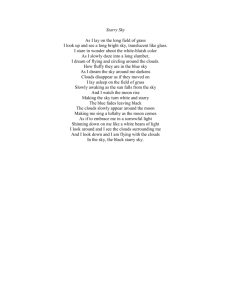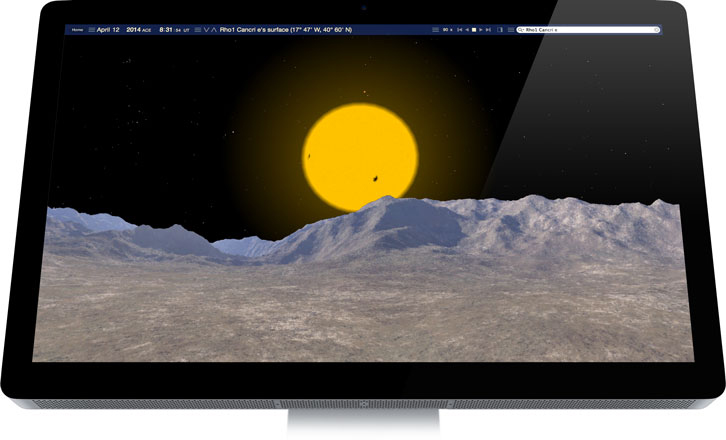
- STARRY NIGHT PRO 7 DAYLIGHT SAVINGS TIME SETTING MANUAL
- STARRY NIGHT PRO 7 DAYLIGHT SAVINGS TIME SETTING FULL
- STARRY NIGHT PRO 7 DAYLIGHT SAVINGS TIME SETTING TRIAL
- STARRY NIGHT PRO 7 DAYLIGHT SAVINGS TIME SETTING ISO
Many say that anything as bright (and brighter than) f/2.8. How about optics? What type of lenses do well at night? You will want to bring your brightest (read: largest aperture) lenses as possible. It’s also less distracting for your photography neighbors. The red light is far less jarring on your eyes once you’ve gotten used to the dark surroundings. Then once you’re settled, use a lowpower red light to help you check your camera settings and for looking in your camera bag. Also, bring a flashlight to get you to where you need to go. That helps when you forget your remote and also allows you to check your focus compared to the smaller screen that the cameras have. Some cameras, such as the Sony a7 cameras, have wifi capability and allows you to control your camera using your smartphone or tablet. Those will help you take a picture without actually touching your camera. While we’re discussing hardware like tripods, let’s explore additional things that you might want to leverage when you’re out doing astrophotography. When you’ve got your camera clamped down to a solid tripod, the vibration recovery time goes down considerably. If you forget yours (like I have on occasionI discuss options momentarily), and you do the 2secondsafteryoupushtheshutterthentakeapicture trick, your camera can still be suffering from small vibrations that come from you pushing the shutter buttoneven after several seconds.

I typically photograph the night sky with a remote. Things like shutter slap and wind can all make an image blurry. If your tripod is solid (dare I sayheavy), it alleviates most types of mild camera blurinducing shock. Why do I need a tripod? And a solid one, at that? Well, when you’re capturing long exposure images that night photography requires, any camera movement will make the image blurry.
STARRY NIGHT PRO 7 DAYLIGHT SAVINGS TIME SETTING ISO
Once you get your focus set, then bring you ISO back downmaybe to ISO 1600, 3200, or even 6400.
STARRY NIGHT PRO 7 DAYLIGHT SAVINGS TIME SETTING TRIAL
Then you can leverage focus peaking (or trial and error image capturing) to check your focus.
STARRY NIGHT PRO 7 DAYLIGHT SAVINGS TIME SETTING MANUAL
My recommendation is to shift into manual focus and bring your ISO up a bit, even to noise crushing levels, just so that your camera can “see” the stars. When it’s dark, it is tough for camera sensors to detect these elements that would otherwise be easy to do in daylight.

So why can’t we use autofocus? Auto focus mechanisms typically rely on contrast and defined edges for it to work properly. Also, with night photography comes the dangers of moving around in the dark. Night photography typically has us driving far away from the city.

Let’s not forget that many of us are city dwellers. Tripods are a mustand I could argue that a solid, heavy tripod might be what you want. Then why is it overwhelming? Well, it could be for a variety of reasonsmost of which center around the fact that it’s very different than daytime photography.

STARRY NIGHT PRO 7 DAYLIGHT SAVINGS TIME SETTING FULL
Full moon time is my least favorite time of the month, as it takes away the blackness of the sky and replaces it with a grey tone, hiding the stars that once shined brightly. Once you get the fundamentals down, it then drives you to find more locations and look forward to the time of the month that the moon sets early and the sky is at its darkest. I love the silence and the concentration that it brings with it. The solitude and patience of astrophotography are what makes it so awesome. It can be a little overwhelming at first, but once you nail your first shot, I can almost guarantee that you’ll be hooked. Night sky (astro) photography can be fun.


 0 kommentar(er)
0 kommentar(er)
